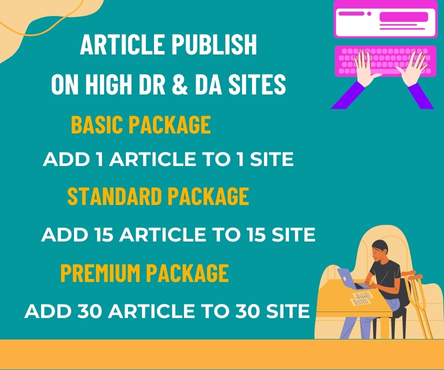Truck accidents can be devastating, resulting in severe injuries, fatalities, and significant property damage. In the aftermath of such incidents, investigators and lawyers play a crucial role in determining the cause of the accident and assigning liability. One valuable tool in this process is the data collected from the truck’s “black box,” also known as the Electronic Control Module (ECM). In this article, we will explore how lawyers use black box data in truck accident investigations. Click here Atlanta Truck Accident Lawyer
What is Black Box Data?
The black box, or ECM, is a computer system installed in commercial vehicles, including trucks and buses. Its primary function is to record and store data related to the vehicle’s operation, including speed, braking, acceleration, and other critical factors. This data is typically collected in the seconds leading up to and during a crash.
How Do Lawyers Use Black Box Data?
Lawyers representing victims of truck accidents or their families use black box data to reconstruct the events leading up to the crash. By analyzing this data, lawyers can gain valuable insights into the truck’s operation and the driver’s actions. Here are some ways lawyers use black box data:
- Speed and Braking Analysis: By examining the speed and braking data, lawyers can determine if the truck was traveling at an excessive speed or if the driver failed to brake in time.
- Driver Error: Black box data can reveal if the driver was distracted, fatigued, or engaged in other reckless behavior that contributed to the accident.
- Vehicle Maintenance: Lawyers can use black box data to determine if the truck was properly maintained, including issues with brakes, tires, or other critical systems.
- Comparative Fault: By analyzing the data, lawyers can assess whether the victim or other parties contributed to the accident, which can impact liability and damages.
- Reconstructing the Accident Scene: Black box data can be used in conjunction with other evidence, such as witness statements and physical evidence, to recreate the accident scene and determine the sequence of events.
Challenges and Limitations
While black box data can be a powerful tool in truck accident investigations, there are challenges and limitations to consider:
- Data Preservation: Black box data can be lost or destroyed if the ECM is damaged or if the data is not properly preserved.
- Interpretation: Analyzing black box data requires specialized expertise, and lawyers must work with experts to interpret the data accurately.
- Admissibility: The admissibility of black box data as evidence can be challenged in court, and lawyers must be prepared to argue for its inclusion.
Conclusion
Black box data has become a crucial component of truck accident investigations, providing valuable insights into the causes of these devastating incidents. By analyzing this data, lawyers can build stronger cases, assign liability, and advocate for fair compensation for victims and their families. As the use of black box data continues to evolve, it is essential for lawyers to stay up-to-date on the latest technologies and methodologies to ensure justice is served.

